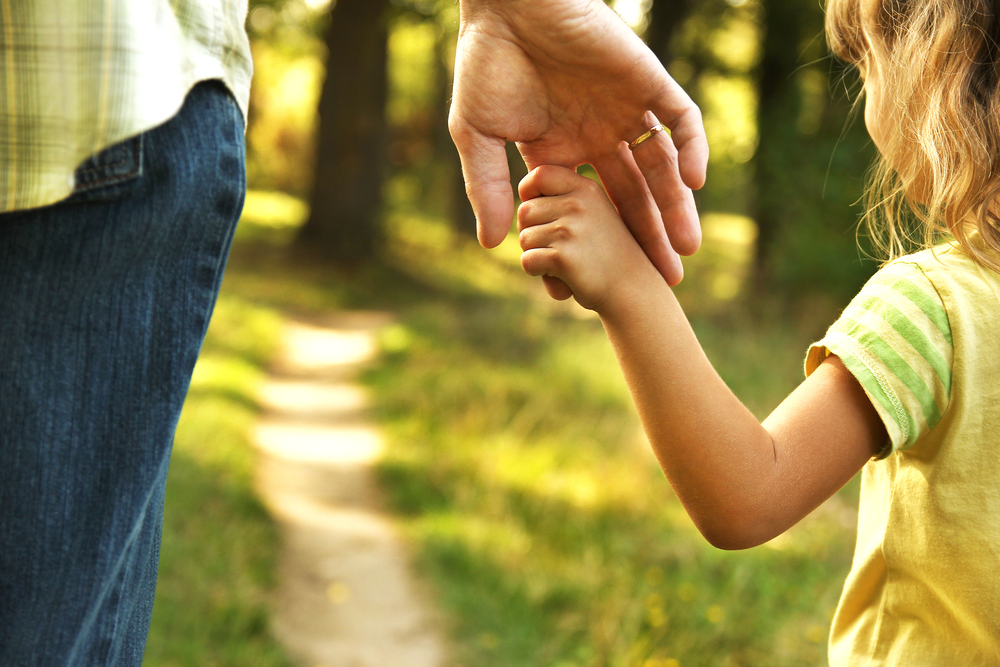We frequently forget the significance of childhood in shaping the course of our lives – the lessons we learn, the habits we pick up, etc. Resilience is the quality that enables us to adapt to and overcome adverse conditions in our lives. Though it is built up over time, the development of resilience begins during the formative years.
What thoughts spring to your mind at the mention of the word “childhood”? Most people likely conjure memories from their elementary school days – lemonade stands, swimming at the community pool, and playground dates. Perhaps the memories aren’t quite as fond, and the mention of the term “childhood” brings back moments that are best left in the past. For better or worse, the idea of childhood more often than not invokes memories of our earliest days.
We frequently forget the significance of childhood in shaping the course of our lives – the lessons we learn, the habits we pick up, etc. The childhood years are our formative years, the time in which we lay the foundation for all that is to follow.
One of the major factors in building this foundation is our interactions with the significant adults in our lives. Whether it’s a parent or coach, a teacher or religious leader, or some other community member entirely, many people can identify at least one adult that has played an important role in helping them to grow and succeed. These mentors provide knowledge and support, guiding us and instilling in us the wisdom that they have gained over the course of their lives.
It’s no coincidence that most successful individuals are able to point to at least one significant adult from their childhood. This is because regardless of environmental and biological factors, having a stable and dependable relationship with an adult is the single most important factor in the nurturing of successful children. Understanding the impact of these types of relationships, as well as the other scientific data surrounding the concept of resilience, will allow us to improve the way we care for our kids and help them fulfill their maximum potential.
What is Resilience?
But what is resilience? Essentially, resilience is the quality that enables us to adapt to and overcome adverse conditions in our lives. Though it is built up over time, the development of resilience begins during the formative years. It is this time that has the greatest effect on an individual’s resilience as an adult, though it can and does continue to change as we get older.
Though an unfortunately large number of children experience significant adversity ranging from domestic violence to poverty to parents suffering from mental illness, a portion of them experience fewer lasting harmful effects than others. This ability to excel despite early trauma is the result of resilience, and understanding why some are more affected by others will allow us to help a larger number of children succeed.
Resilience can be pictured as a seesaw or scale, with negative outcomes on one side and positive outcomes on the other. The fulcrum’s position is determined by genetic and biological factors, and this predisposes individuals towards either positive or negative outcomes. However, the fulcrum can be moved. Life experiences both help to tip the scale in one direction or another – positive, affirming incidents lead to positive outcomes, and vice versa – and move the fulcrum. Essentially, the accumulation of life experiences can actually shift a child’s mental and physical disposition, making him or her more inclined towards a certain outcome.
The Most Important Factors in Buliding Resilience
While the most important factor in building resilience is the existence of a safe and reliable relationship with adults, other factors are also at play. Safe communities, skilled caregivers, and nutritious food are all examples of outside issues that play an important role in creating a healthy environment for kids. Additionally, because resilience is about the interaction of environmental, biological, and genetic factors, some children are naturally and inherently more able to cope with hardship than some of their peers.
Resilience can be seen in how the body responds to experiences throughout development, with specific biological factors, including variations in gene sequencing and expression, as well as mechanisms in the brain, playing a major role. Some genes result in protein production in the brain that can exaggerate or mitigate the effects of adversity, and some genes are more sensitive to environmental influences that can affect how people respond to stressful situations. Similarly, differences in how brain chemicals activate and how the brain’s fear and reward systems operate can change how individuals deal with those around them and build traits that allow them to increase capacity for coping.
Despite the influence of genes and biology, however, there is no “resilience gene”, and overcoming adverse situations is not merely about an individual’s motivation to succeed. The single most important factor is still positive relationships with surrounding adults, as these adults provide the response and protection that can mitigate disruptions to healthy development and help children to build the skills they need to do well, such as the ability to focus, solve problems, and adjust to new and unexpected circumstances. Such capabilities help to move the metaphorical fulcrum, making it easier for positive outcomes to occur.
Understanding the science behind resilience will allow us to reach out to the children that most need our help and increase the amount of individuals who are able to meet their full potential. This in turn will decrease the amount of violence and crime in our society, as a large portion of incarcerated individuals grew up amidst overwhelming challenges. We must change policy to fit the science and needs of our underprivileged – those like social welfare policies that remove children from toxic environments rather than working to restore relationships, and character education programs that don’t fit the circumstances – in order to improve the quality of individual lives and society.




















